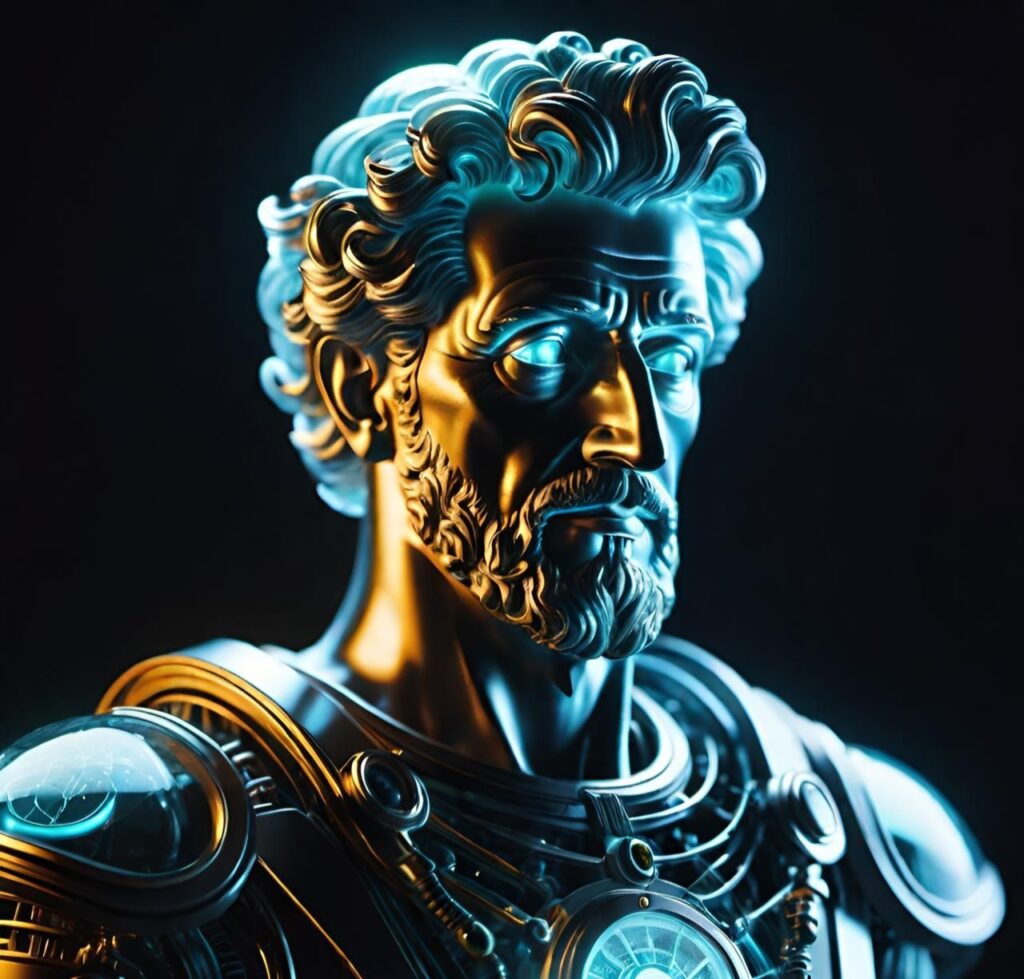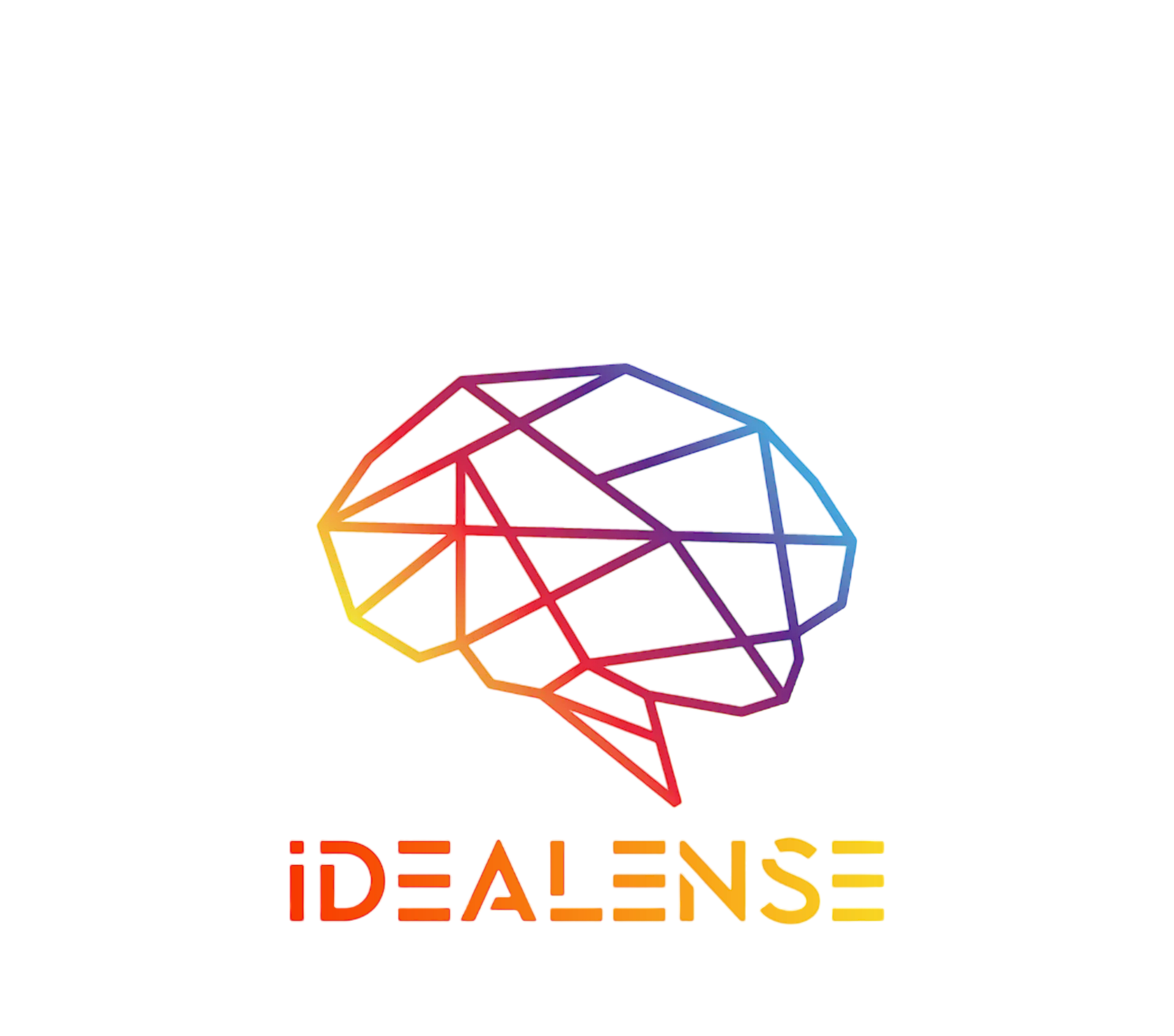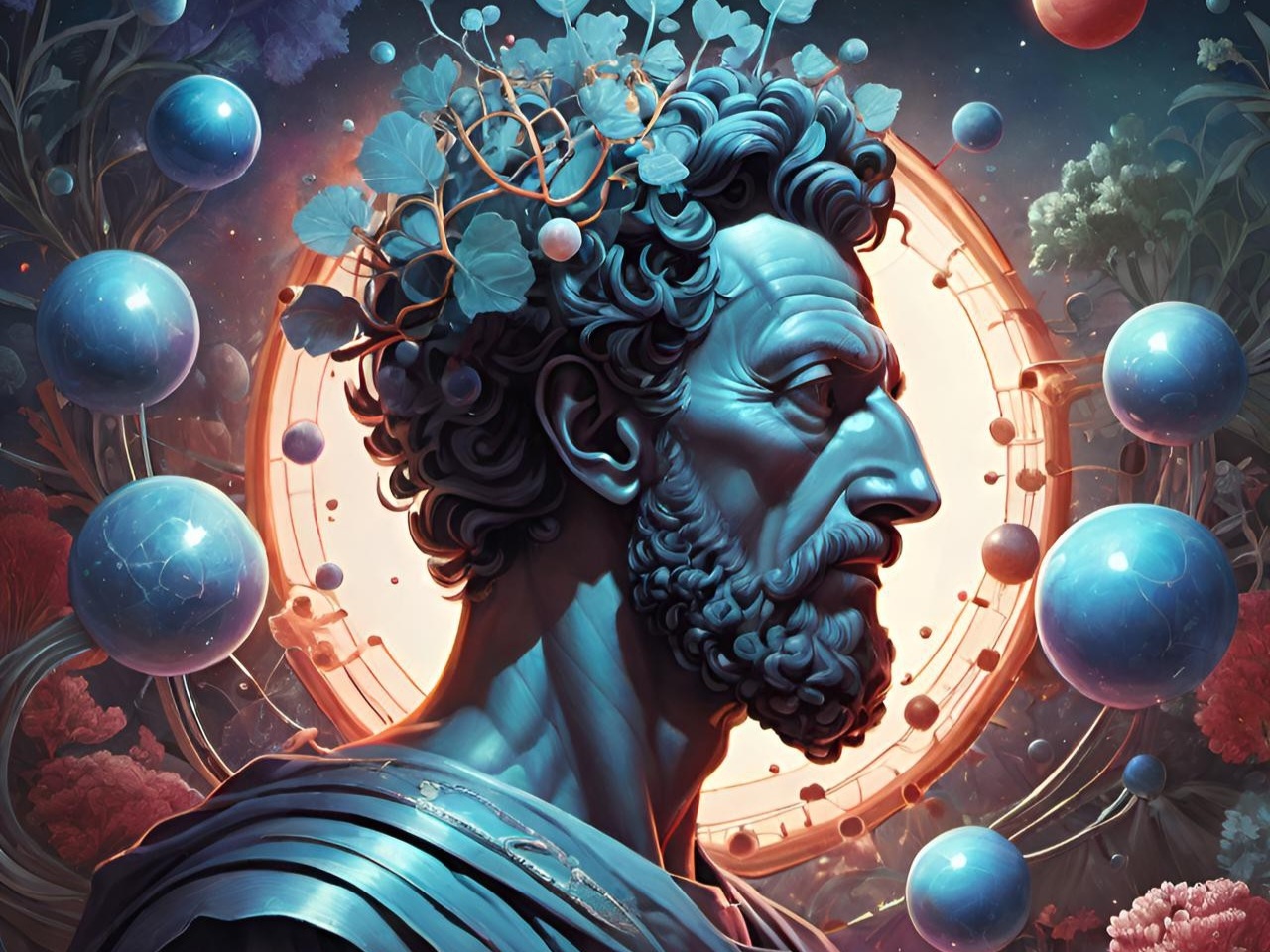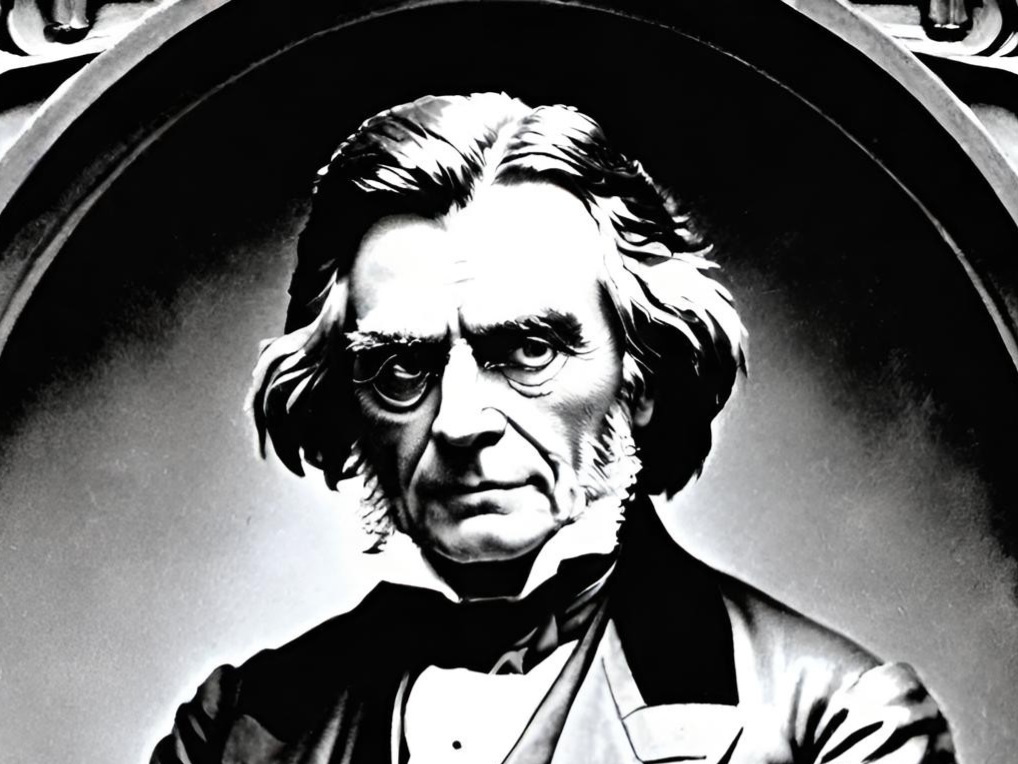The intersection of ancient wisdom and modern scientific understanding often presents a fascinating study, particularly when we delve into the thoughts and musings of Marcus Aurelius, the Roman Emperor and Stoic philosopher. His meditations, deeply personal reflections written during his campaigns, reveal a profound understanding of nature and the universe that astonishingly aligns with the modern concept of atoms. This alignment prompts a compelling question: How did Marcus Aurelius already know about atoms, centuries before the advent of modern science?
To explore this question, one must first understand the intellectual climate of Aurelius’ time. The Stoicism that Aurelius practiced was not created in a vacuum; it was influenced by centuries of philosophical thought, including the works of Democritus and Leucippus, the pre-Socratic philosophers who first proposed the idea of the atom around the 5th century BCE. They suggested that everything in the universe was composed of indivisible units (atoms) and void. While their ideas were purely philosophical and lacked the empirical evidence that modern science demands, they laid the groundwork for a way of thinking about the physical world that was revolutionary for its time.
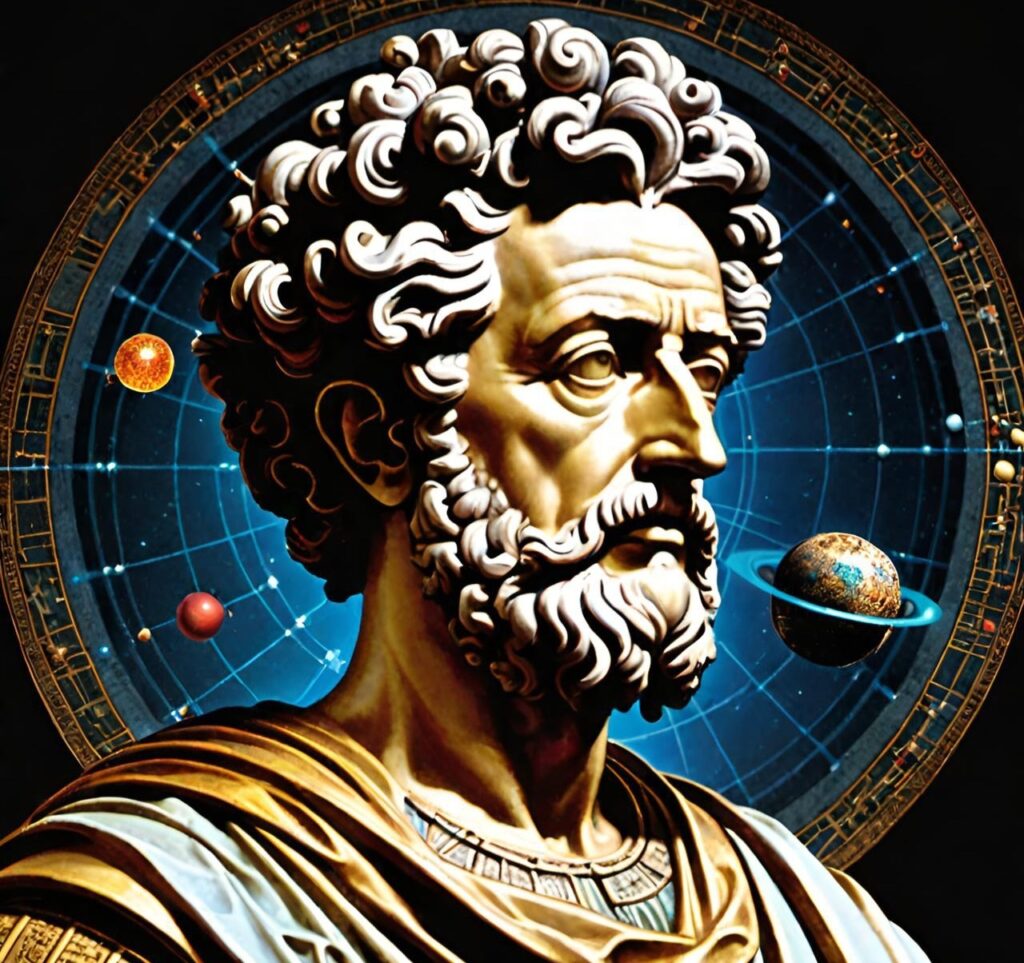
Meditations
Marcus Aurelius, living from 121 to 180 AD, was exposed to a wide array of philosophical ideas, including those of the atomists, through his education and personal readings. His writings, particularly in “Meditations,” reflect a deep contemplation on the nature of reality, life, and the universe. In Book IV, for instance, he muses on the transformation of matter, noting that all things are interwoven, and change is the only constant—a concept that resonates with the modern understanding of matter being composed of atoms, which can rearrange but not disappear.
When offended. Counsel the First. Remember the close bond between myself and the rest of mankind. This obtains, because all of us were born for one another; or to give a different reason, because I was born to be their leader, as a ram is made to lead the flock, or the bull the herd; or again – to go back to the first principles – because the world, if it is not mere atoms, must be governed by Nature, and in that case the lower orders of creation must exist for the higher, and the higher must exist for one another.
Marcus Aurelius, Meditations, Book Eleven
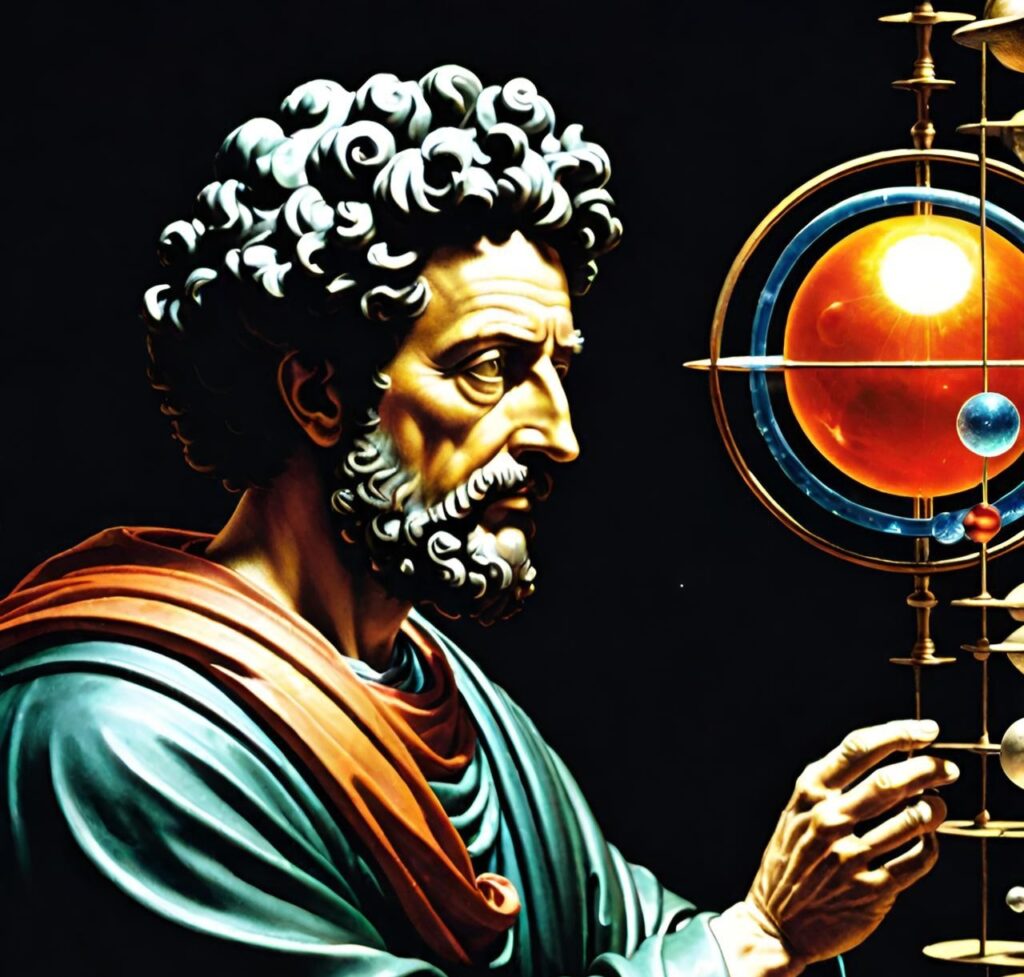
The Stoic View
Furthermore, Aurelius’ Stoic philosophy emphasized the importance of understanding nature and living in accordance with it. This naturalistic outlook encouraged a keen observation of the world, fostering a mindset that was, in many ways, scientific in its approach to understanding the universe. Thus, while Aurelius may not have known about atoms in the way that modern scientists understand them, his philosophical inquiries and the intellectual legacy he inherited nudged him towards a remarkably similar conceptual framework.
The Stoic view of a universe governed by rational principles and the idea that everything is interconnected through a web of cause and effect also mirrors the modern atomic theory, where atoms and their interactions explain the physical properties of matter and the complex systems observed in nature. Aurelius’ reflections on impermanence and the transformation of matter can be seen as an intuitive grasp of the principles that underlie atomic theory, even if the scientific details were beyond the reach of his time.
Conclusion
Marcus Aurelius’ insights into the nature of the universe and the concept of atoms were not a result of scientific investigation but stemmed from philosophical speculation and the intellectual tradition of his time. His musings, influenced by earlier philosophers and enriched by his Stoic beliefs, anticipated concepts that would only be scientifically validated millennia later. This remarkable confluence of ancient wisdom and modern science underscores the enduring relevance of Marcus Aurelius’ thought and the profound interconnectedness of human inquiry across the ages.
